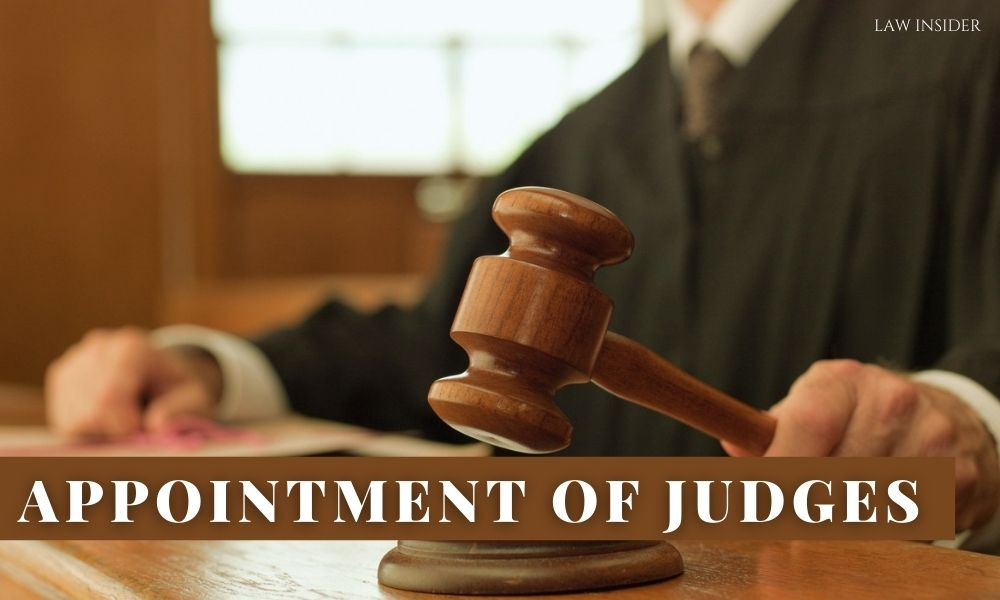Free Courses Sale ends Soon, Get It Now


Free Courses Sale ends Soon, Get It Now



Copyright infringement not intended
About:
Collegium System:
Evolution of Collegium System :
Qualifications for Supreme Court Judges:
© 2024 iasgyan. All right reserved